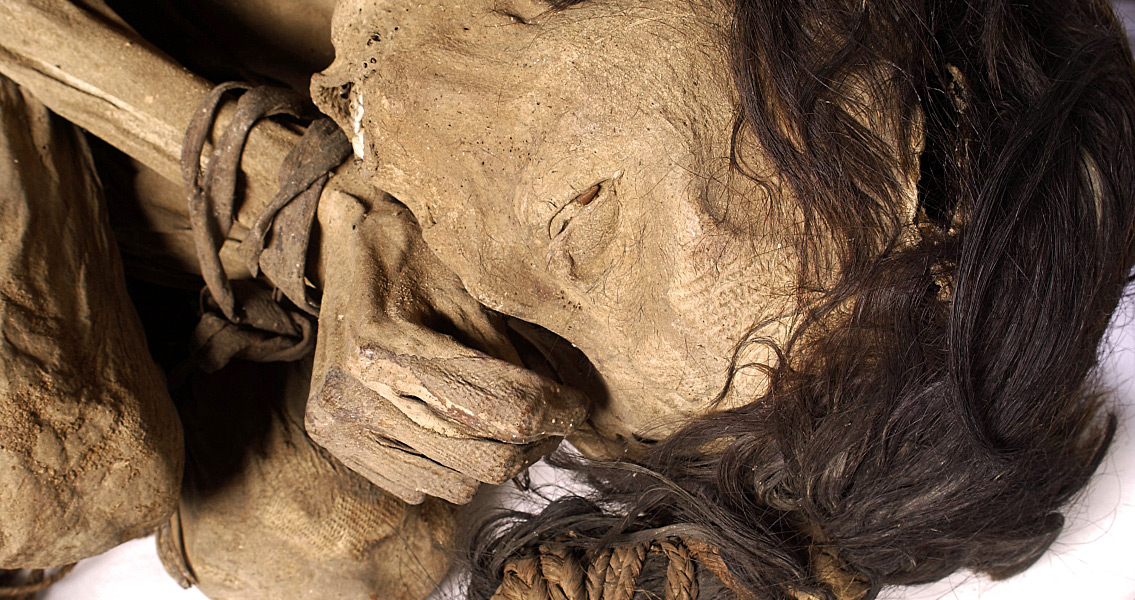<![CDATA[The hair of 2000-year-old mummies is unlocking secrets of ancient Peruvian life. Researchers have recently been conducting chemical analysis on hair from mummies. The results have revealed a large amount about the diets of these ancient people, and offered clues about their society. The mummies were originally found by Peruvian archaeologist Julio Tello in 1925, in an area of southern Peru which became known as the Paracas Necropolis of Wari Kayan. Of particular interest at the time were the beautifully dyed textiles made from wool, cotton and plant matter which the mummies were buried with; the dry climate had meant that the mummies and their textiles were naturally preserved. "The textiles have been sent to museums all over the world," said the study's lead author Kelly Knudson, associate professor at the Center for Bioarchaeological Research at Arizona State University. "But we don't actually know much about the people themselves." In order to find out more about the lives of the inhabitants of Wari Kayan, Knudson and her colleagues examined the mummies' hair. Human hair grows slowly, with 1cm of hair taking roughly four weeks to grow, making it a particularly revealing source of information. "We can use hair to look at diet because, quite simply, we are what we eat," Knudson said. "By looking at how far the hair is from the scalp, we were able to look at what they were eating in particular weeks or months before they died." Hair is about 45% carbon and about 14% nitrogen. By analysing different isotopes (variants of a particular chemical element) of carbon and nitrogen, Knudson and her colleagues could determine what types of food the mummies ate. Nitrogen content is of particular use in deducing diet. Animals that are higher up on the food chain tend to have higher nitrogen isotope values. In seawater and sea plants, nitrogen isotope values tend to be even higher than on land. If you are at the top of the food chain on land, you have a reasonably high nitrogen isotope value, Knudson explained. "But if you're at the top of the food chain in the ocean, you have really high nitrogen isotope values." The hair of the mummies from Wari Kayan had very high nitrogen isotope values, indicating a diet rich in plants and animals from the sea. "[This] is interesting to us, because these people were living on the Peruvian coast and had access to one of the richest fisheries in the world. But we didn't know how much of that they were using," Knudson said. It was also observed that the mummies' hair chemistry did not differ that much over time; this indicates that they had lived a reasonably settled life, eating a specific diet based on their location. Knudson's study shows how vitally important it is to properly preserve museum collections. As technological and scientific advances are made, we can glean fresh information from remains or artefacts. "This study is an excellent example of how modern bioarchaeological and scientific methods can be applied to these invaluable collections to shed important new light on the past," said Emily Webb, an archaeological scientist at the University of Bristol in the United Kingdom, who was not involved in the study. For more information: www.sciencedirect.com Image courtesy of Wikimedia commons user: Fæ ]]>
2000-Year-Old Hair Reveals Ancient Diet
